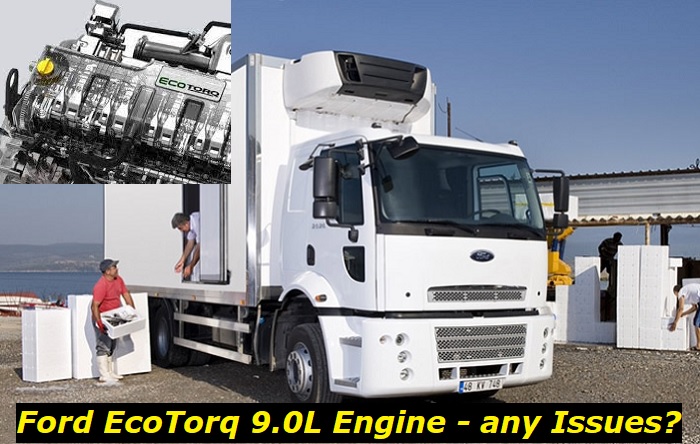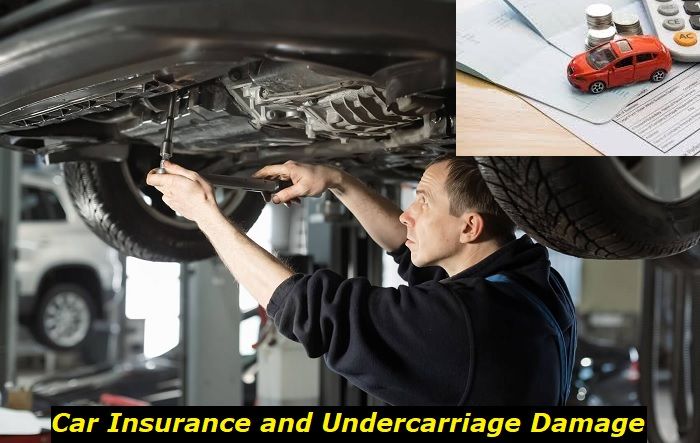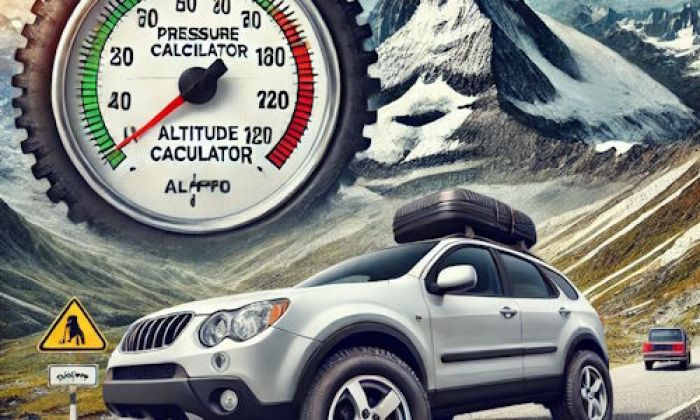One of the oldest generations of EcoTorq engines is the 9.0Lversion. It is one of only two first-generation engines produced by Ford. Following the production of EcoTorq engines in 2003, it has amassed several opinions from the market. Here is an opener into the longevity, specs, and problems of this engine.
Engines are an integral part of every vehicle and work similarly to the human brain. The engine of a vehicle determines the speed, workload, and smoothness of a vehicle. Most vehicle owners are concerned not with the branding but the engine of their vehicles.
The Ford 9.0L EcoTorq engine packs some exciting specifications that every truck owner might have to check out. Some of these specs will be examined and explained later in this text.

Key features and my opinion about the engine
- Production years:2003-now
- Average lifespan of 9.0 EcoTorq:350,000-500,000 miles
- Fuel supply type:Common Rail
- Power range:240-500 hp
- Fuel efficiency:awful
- Engine block material:cast-iron
- Engine reliability score:high
- The most common problems:huge fuel consumption, diesel injection problems, oil leaks, vibrations and noise.
History of the Ford EcoTorq Engine
EcoTorq was created as a heavy-duty engine by Ford and has come a long way in the line of road trucks. Having two generations and three engine varieties, it is the choice for trucks that are designed for rough tasks. The EcoTorq engine series include 7.3L, 9.0L, and 13.0L.
Ford Otosan created and produced the EcoTorq line of heavy-duty diesel engines, which are predominantly utilized in Ford Cargo heavy-duty trucks. Under license from Ford Otosan, the EcoTorq family is manufactured in the truck and engine transmission facility of Ford Otosan in nönü, and at the engine plant of JMC Xiaolan in Nanchang, China.
Alongside a domestic Ford Cargo project, the EcoTorq engine was introduced and its first generation rolled out in 2003.
The engine's durability allows it to compete with other heavy-grade engines as found in Mercedes and BMC vehicles. Due to this, it has been found to stand as a competition against Cummins class engines in Turkish markets.
EcoTorq has two generations of engines, while the first comprises two engine layouts, and the second has only one. Unlike the outline found in Dover engines, the placement of all EcoTorq engines is to the chassis axis. In this position, the engine is water-cooled, and with an OHV 24 layout.
Ford 9.0L EcoTorq Engine
The Ford 9.0L is one of the two first-generation engines found in trucks. Its predecessor is the 7.3L, the other first-generation engine.
Produced in 2007, the Ford 9.0L has made names for itself in the automobile market. As a turbodiesel engine, the Ford 9.0L engine has a straight-six lining that allows its use in powering heavy trucks. This engine has an OHV valvetrain with its carefully designed inline arrangement that was added to the EcoTorq family. Not only has this engine production set a new era for power trucks, but it has also earned international recognition.
As a member of the first-generation EcoTorq Engines and second to the 7.3L engines, the 9.0L is sold in European and international markets. Being a production of the Ford Cargo company (Ford Otosan), it is assembled in Turkey. Its production was made with standards in mind. Not only is it cost-effective, but it also adheres to the Euro emission standards for truck engines. This engine was created primarily for heavy-duty applications and has been optimized for fuel efficiency while producing enormous levels of low-end torque.
To make this engine more environmentally safe, it is designed with an engine brake power of 180kW. Another component to ensure a safe environment is the presence of a purification system (ATS) and a variable-nozzle turbine.
Like all other engines in the EcoTorq series, the 9.0L engine is not only used in Ford trucks. Although it is mostly found in Ford trucks, this engine is found in vehicles produced by other automobile companies. Such users include KrAZ, JMC, and Otokar.
Ford 9.0L EcoTorq Engine Longevity
Longevity is an important consideration when picking trucks. Since most trucks are used in heavy tasks, it is necessary to find one with an engine to match its responsibilities. Finding a truck with the right engine can save a lot of future repair and maintenance costs.
In most cases, the longevity of a truck is between 250,000 and 300,000 miles. The possibility of a truck reaching this threshold is dependent on the user's maintenance and the truck's duty. When a truck is subjected to heavy duties without rest or proper maintenance, the engine wears out quickly.
The Ford 9.0L EcoTorq engine with proper maintenance reaches at least 250,000 miles. However, if subjected to unfair conditions, the engine may not exceed 100,000 miles.
With the right duty and care, the engine can exceed far beyond the stipulated threshold. Without a doubt, it is important to watch out for parts that can cause damage to the engine. Some of the ways to ensure that you get the best out of your Ford 9.0L EcoTorq engine include:
- Following the technical manual on maintenance
- Replacement of the air filter when necessary
- Changing the necessary oils (coolant, brake, and steering)
- Frequent Oil replacement
- Changing the timing belt
- Monitoring the transmission for faults
- Changing the spark plug when damaged
Ford 9.0L EcoTorq Engine Specs
- Engine type
The Ford 9.0L diesel engine is comprised of a lot of components. With a 9.0liters displacement, it features an in-line configuration with six cylinders and runs on diesel. It has an overhead valve configuration (OHV), which is found mostly in trucks.
As an EcoTorq engine, it is succeeded by the 13.0 L diesel engine, while the 7.3L engine is its predecessor. It has a brake power of 180 kW as would be needed for a construction or road truck.
- Power output
It has a power output of 260 PS (190 kW) - 380 PS (280 kW), which exceeds that of its predecessor (7.3L). Additionally, its torque power is 1,100 Nm (810 lb-ft) - 2,000 Nm (1,500 lb-ft). You can tell by these outputs that this engine is designed for heavy-duty projects.
For more power output, this engine has an OHV 24 valvetrain, which is common in many early American vehicles. OHV engines are known for their longevity, durability, and cost-effectiveness.
The maximum power and max torque is 325 HP at 1900RPM and 958 lb-ft at 1200-1700 RPM. Also, the oil capacity of the engine is 30 liters with a coolant capacity of 35 liters.
- Engine size
The compression ratio in the inner combustion is 17.6:1 (direct diesel injection engine) and a cylinder bore of 115 mm. With a wide piston stroke ranging from 5.7 - 6.3 in, this is the right engine for your cargo truck needs.
Having a diameter × Stroke size of 115mm × 144mm, it is wide enough to handle whatever is thrown at it. As observed in the application of this engine, it is suited for vehicles that required maximum power output but lower efficiency.
The engine is still in production and has not been discontinued, so it is available in markets. Unlike its competitors, the Ford 9.0L engine is designed with durability to match your needs. What is not to love in this environment-friendly engine?
- Emission level
The emission standard is the maximum level of pollutants a vehicle is allowed to produce. Hence, there are several levels and standards in vehicles. The Ford 9.0L packs emissions between Euro-3 to Euro-5, which is the best you can get for engines within its group.
Ford 9.0L EcoTorq Engine Applications
The Ford 9.0L has found applications in several vehicles. Here is a list of these vehicles and a little snippet of their specs.
The first on the list is the construction truck, Ford 3233M. This vehicle has an automatic/ten-speed manual transmission. This big worker stands on 8 x 2 drive wheels producing a maximum power of 325 HP at 1900RPM. With a wheelbase of 5100mm, this truck is suited for heavy-duty construction. To save time during duty, it is fitted with a large fuel tank of 250L.
Another vehicle using this engine is the Ford 2533D LR truck. This one is built as a construction and road truck. It features components that make it durable while ensuring all-day efficiency. It has a fuel tank with a 315L capacity, a torque power of 1300Nm, and a manual/ 9+1 speed transmission.
Other vehicles include Ford 1833D, which doubles as a construction or road truck. The final vehicle is Ford 3233 SD/S.
Ford 9.0L EcoTorq Engine Problems
Since the Ford 9.0L EcoTorq engine is heavy-duty, you can expect lesser issues with the engine. Nevertheless, there are still issues to watch out for. With proper maintenance, a lot of these issues can be reduced to a minimum.
- Efficiency
The first problem with this engine is the lack of efficiency. As stated earlier, its production started in the early 2000s and it is used in many early American vehicles. Notwithstanding, at a high RPM, there may be issues with controlling the valve of this engine.
As an OHV engine, this is only expected as the components of the engine are very heavy. Having a big engine as seen in trucks is necessary to manage efficiency since small OHV engines are the least efficient.
- Low Power Output
The other problem encountered while using this engine is low power output. At high RPM, it is still observed that this engine does not have enough power output. So, prolonged use of the engine can result in damage to the engine.
- Noise
Being one of the older models in trucks, this first-generation engine may come off as noisy. Although cost-effective, it can be far from the calm day experience you hoped for.
About the authors
The CarAraC research team is composed of seasoned auto mechanics and automotive industry professionals, including individuals with advanced degrees and certifications in their field. Our team members boast prestigious credentials, reflecting their extensive knowledge and skills. These qualifications include: IMI: Institute of the Motor Industry, ASE-Certified Master Automobile Technicians; Coventry University, Graduate of MA in Automotive Journalism; Politecnico di Torino, Italy, MS Automotive Engineering; Ss. Cyril and Methodius University in Skopje, Mechanical University in Skopje; TOC Automotive College; DHA Suffa University, Department of Mechanical Engineering






Add comment